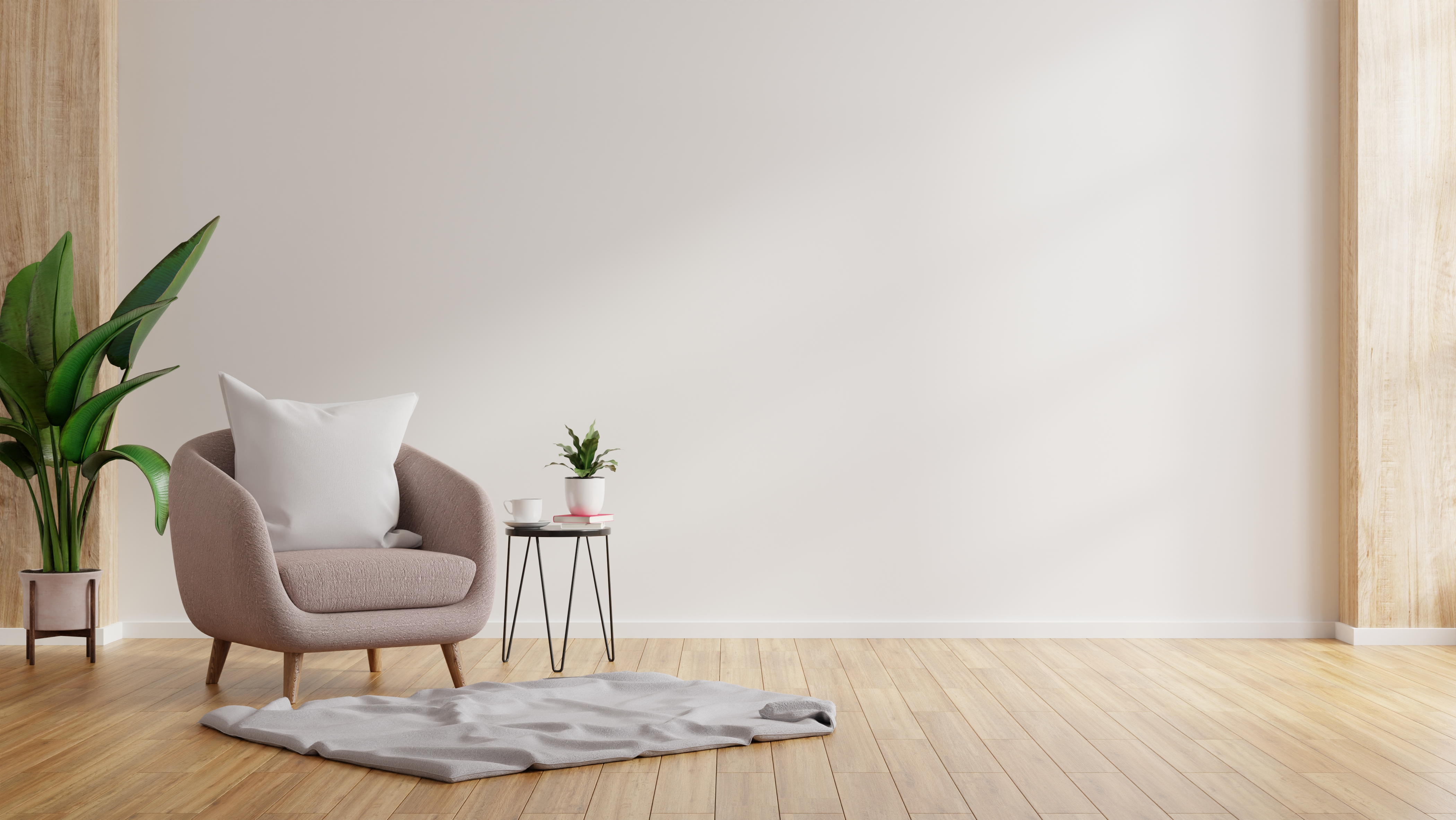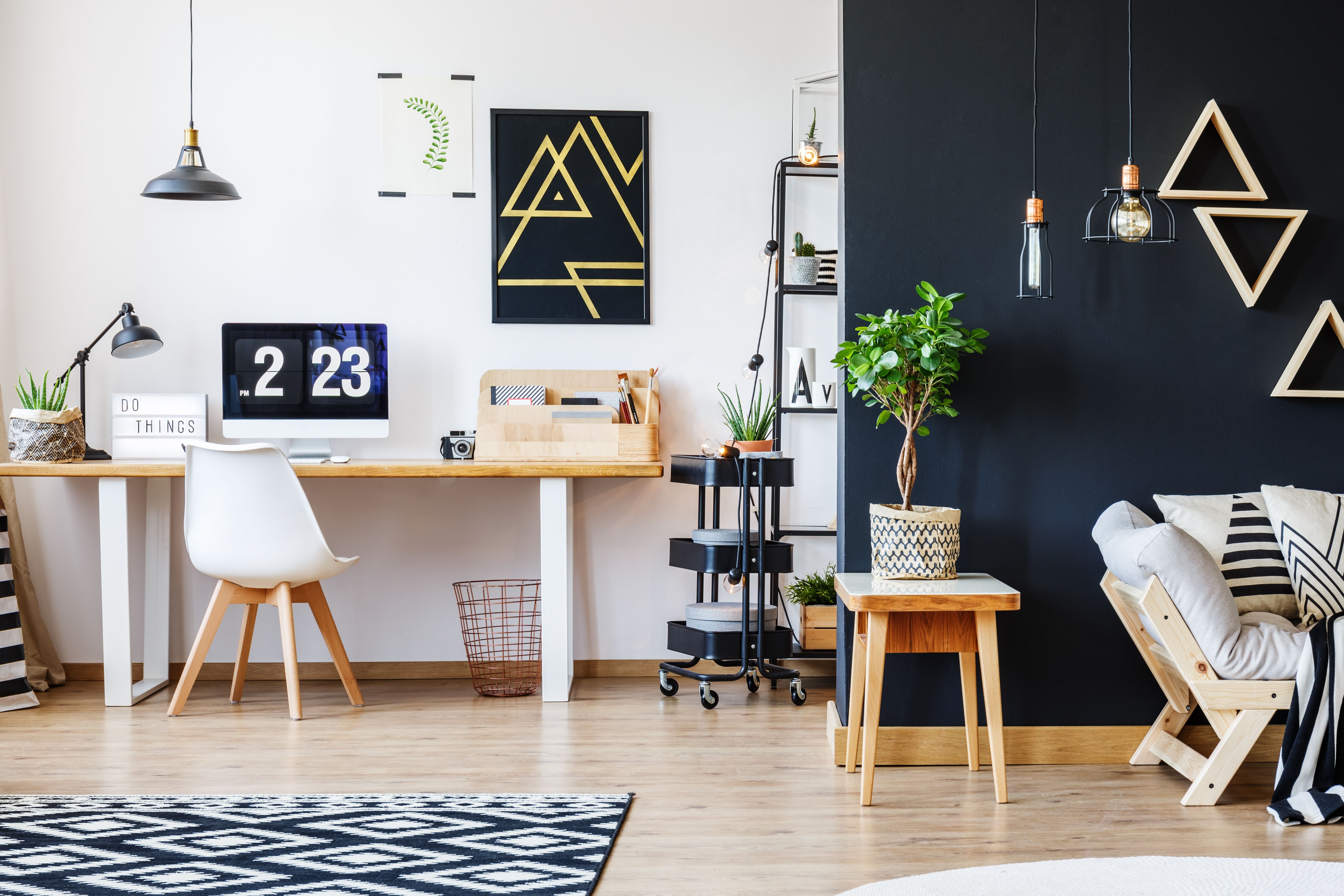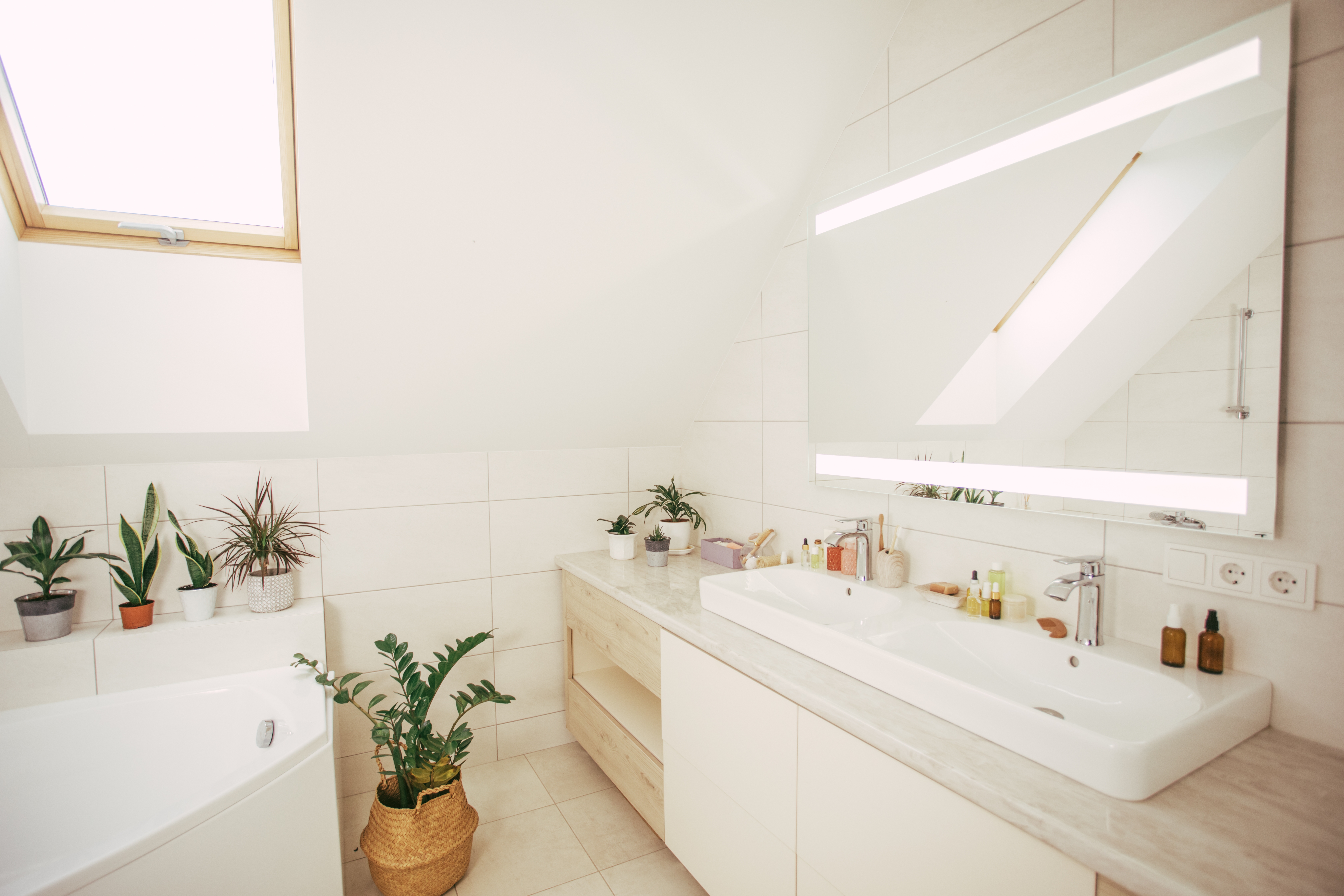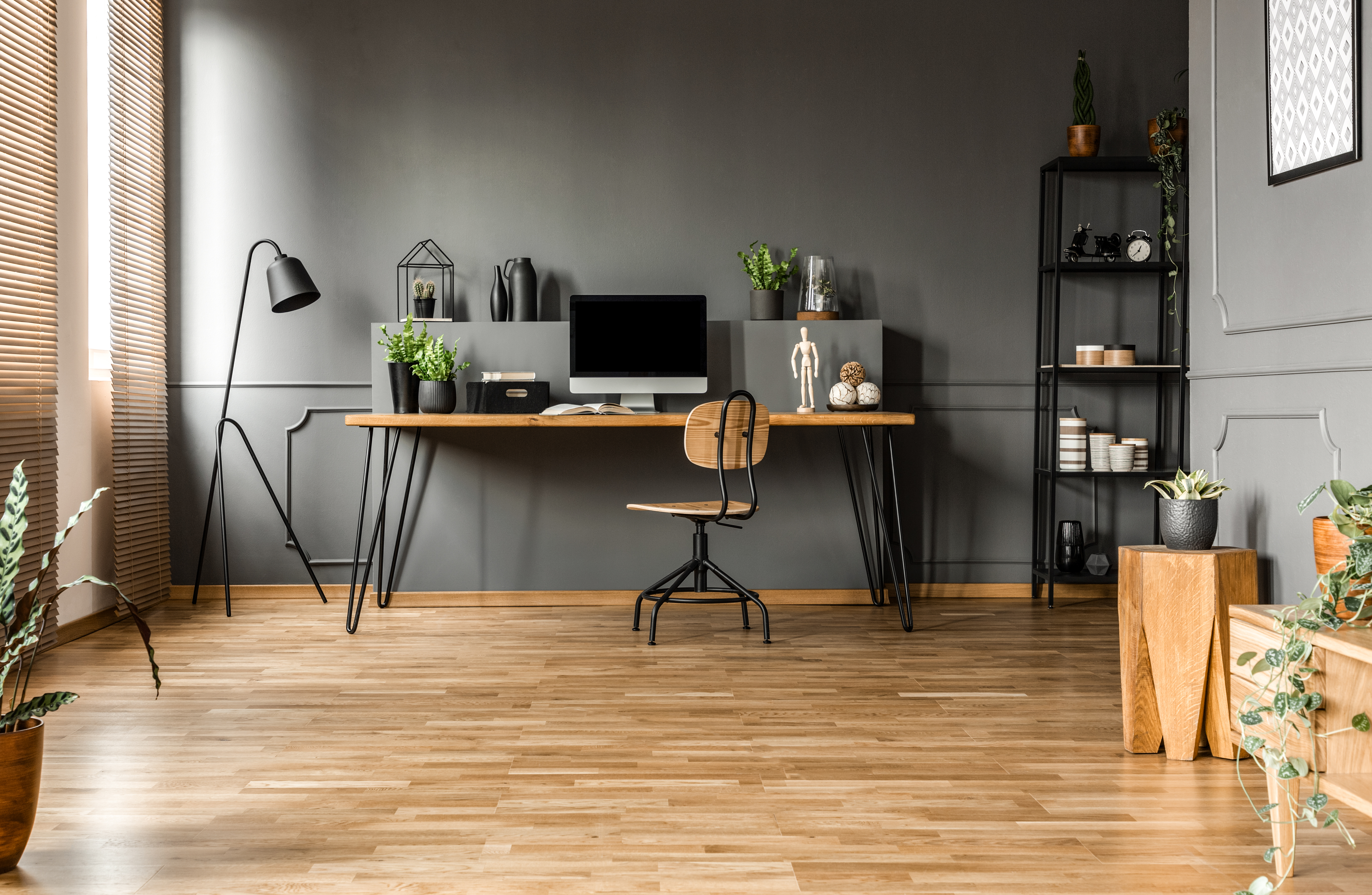
Home design is an ever-evolving field that reflects our changing lifestyles, needs, and preferences while shaping the aesthetics and functionality of our living spaces. Keeping an eye on emerging design trends is crucial for homeowners, designers, and enthusiasts alike. It helps them stay up-to-date with the latest innovations and styles, ensuring their homes remain comfortable and visually appealing.
Trends in home design ebb and flow over time, influenced by various factors such as technological advancements, shifting cultural values, and even global events. Exploring new design trends that inspire and redefine our living environments is essential, fostering spaces that cater to our evolving needs and preferences while simultaneously promoting a harmonious balance between form and function.
In the competitive world of real estate, it is essential for professionals looking to become a Realtor or obtain their real estate license to stay ahead of the curve by keeping up with the latest trends in home design. A thorough understanding of current design preferences enables agents better to advise their clients on property improvements and market expectations, maximizing the property's appeal and value. Moreover, staying informed about home design trends establishes the agent as an expert, instilling confidence in their clients and setting them apart from the competition. As they prepare for their real estate license exam, aspiring agents should consider incorporating home design trends into their studies to ensure a comprehensive understanding of the industry and enhance their professional expertise.
Patterned Hardwood Floors
Patterned hardwood floors have emerged as a leading design trend in the real estate industry, redefining contemporary living spaces with artistic and visually appealing aesthetics. Known for their intricate designs, patterned hardwood floors provide a unique focal point that elevates the overall interior design. The popularity of this flooring option can be attributed to its ability to create a sense of luxury and sophistication while offering practical benefits over traditional carpeting.
One significant advantage of hardwood floors over carpet in general is their durability. Hardwood floors are resistant to wear and tear and can be refinished multiple times, prolonging their lifespan and maintaining their appearance for years. Conversely, carpets tend to wear down and accumulate dirt, allergens, and stains, requiring more frequent replacement. Furthermore, hardwood floors provide a more hygienic living environment as they do not harbor allergens and are easier to clean and maintain.
As homeowners and designers embrace the resurgence of patterned hardwood floors, certain wood types have become increasingly popular in real estate design. With its warm tones and distinctive grain patterns, oak is a favorite choice for creating striking floor designs, such as herringbone and chevron. Walnut, renowned for its rich and deep color, offers a luxurious and sophisticated touch, making it ideal for creating eye-catching patterns like parquet or basketweave.
Another trending wood type is reclaimed wood, which contributes to a unique and rustic aesthetic and promotes sustainability by repurposing previously used materials. Bamboo is gaining popularity for those seeking an eco-friendly option thanks to its fast growth rate and inherent strength. Finally, exotic woods like Brazilian cherry, teak, and tigerwood are also making waves in the real estate design world, offering a range of stunning patterns and natural colors that will make a statement.
Patterned hardwood floors are a popular design trend in real estate, offering many benefits over carpeted floors. They deliver an unparalleled aesthetic appeal, durability, and easy maintenance, making them a sought-after choice for modern living spaces. With various wood types, homeowners and designers can create personalized and visually captivating flooring designs that cater to individual tastes and preferences.
Black Accents
The rise in popularity of black accents in real estate design can be attributed to several factors, including their versatility, timelessness, and ability to create visual interest. Black accents have become a sought-after design choice in contemporary interiors, as they effortlessly complement a wide range of color schemes and styles, adding depth and sophistication to any space.
One reason black accents are a good design choice is their ability to serve as a visual anchor, providing balance and contrast in a room. When used strategically, black elements can accentuate specific features or areas, drawing the eye and emphasizing the overall design. Furthermore, black accents can add a touch of elegance and refinement to a space, making it feel more polished and complete. Their neutral nature allows them to seamlessly blend with various color palettes, from minimalist monochromatic schemes to more vibrant and bold designs.
Incorporating black accents in interior design can be achieved in numerous ways, depending on the desired impact and personal preferences. Consider using black hardware on cabinetry, door handles, or light fixtures for subtle and understated black elements. This approach adds a touch of sophistication without overwhelming the space. To create a more dramatic effect, opt for statement pieces like a black accent wall, a large piece of black furniture, or bold black-and-white artwork. These elements will draw attention and create a stunning visual contrast.
Another effective way to incorporate black accents is through textiles and accessories. Black throw pillows, rugs, or curtains can add depth and richness to a room while allowing play with textures and patterns. For a cohesive and harmonious design, consider using black accents in multiple areas of the space, tying together different elements and creating a unified look.

Black accents have risen in popularity in real estate design due to their versatility, timelessness, and ability to elevate a space. They can be used in various ways to create visual interest and provide balance and contrast in a room. By incorporating black accents in different forms, homeowners and designers can achieve a stylish and sophisticated interior that appeals to a wide range of tastes.
Light Colored Floors
The growing popularity of light-colored flooring in real estate design can be attributed to its ability to create a sense of openness, its versatility in complementing various design styles, and the trend toward minimalist and Scandinavian-inspired interiors. Light-colored floors have become a favored choice among homeowners and designers alike for enhancing and brightening any living space.
One of the main reasons light-colored flooring is a good design choice is its ability to make a room appear larger and more open. Light floors reflect natural light, allowing it to bounce around the room and create a bright and welcoming atmosphere. This effect is especially advantageous in smaller spaces, where maximizing the perception of square footage is essential. Additionally, light-colored floors provide a neutral base that seamlessly blends with different color schemes and design styles, making them a versatile choice for various interiors.
Depending on the desired aesthetic and functionality, incorporating light-colored flooring in interior design can be achieved with various materials and finishes. Light hardwoods, such as white oak, maple, or ash, are popular choices for their natural beauty, durability, and warmth they bring to a space. Light-colored laminates and luxury vinyl tiles offer more budget-friendly and low-maintenance alternatives while still delivering a visually appealing look. For a more contemporary or industrial feel, polished concrete or light-colored tile flooring can create a sleek and modern foundation for the room's design.

When using light-colored flooring, it is vital to consider the balance and contrast with other elements in the room. Pairing light floors with darker or more colorful furniture and accents can create a striking visual contrast and ensure that individual pieces stand out. Alternatively, combining light floors with soft, neutral furnishings can create a serene and calming environment, perfect for spaces meant for relaxation and rejuvenation.
Versatile Spaces/Home Offices
The increasing prevalence of remote work and flexible working arrangements has led to a surge in demand for functional and versatile workspaces within the home. This trend has prompted homeowners and designers to create multipurpose spaces catering to work and leisure needs, ensuring that the home remains adaptable and efficient even as lifestyles and work arrangements evolve.
A dedicated work area at home is conducive to maintaining productivity, providing a space where individuals can focus on tasks without the distractions of everyday household activities. Moreover, a well-designed home office can promote a healthier work-life balance, enabling individuals to separate their work responsibilities from their personal lives more effectively. I recorded a YouTube video explaining how to balance working from home that you can watch here.
However, the need for a dedicated home office may diminish as work situations change and employees return to the office, either full-time or in a hybrid capacity. In such cases, it is beneficial to design a space that can serve multiple purposes, allowing homeowners to maximize the functionality and utility of their living areas. A room that functions as an office today can easily be transformed into a lounge, a display room, a guest room, or any other purpose the homeowner desires.
To create a versatile workspace that can accommodate various needs, it is essential to select furniture and decor that are flexible and multifunctional. For instance, investing in a desk that can double as a console table or a fold-out wall-mounted desk that can be easily tucked away when not in use, can provide valuable workspace without compromising the room's potential for other uses. Similarly, incorporating modular storage solutions, such as bookshelves or cabinets with adjustable shelves, allows easy reconfiguration to suit the room's changing functions.
In terms of decor, it is crucial to choose elements that complement both the office setting and the alternative uses of the space. Neutral color schemes, versatile lighting options, and adaptable decorative accents can help to create a cohesive and harmonious design that seamlessly transitions between different functions.

In conclusion, the growing trend of incorporating a multipurpose work area at home is driven by the need for flexibility, efficiency, and adaptability in response to changing work arrangements. By carefully selecting furniture, storage solutions, and decor that cater to various uses, homeowners can create a space that serves their work needs and contributes to a comfortable and dynamic living environment.
Biophilic design
Biophilic design can be traced back to the 1980s when biologist Edward O. Wilson introduced the term 'biophilia' to describe the innate human affinity for nature and living organisms.
However, integrating biophilic elements in architecture and interior design has gained significant momentum in recent years, particularly as environmental awareness and the desire for healthier living spaces continue to rise.
The growing popularity of biophilic design can be attributed to the increasing recognition of its physical and psychological benefits. Biophilic design helps reduce stress, improve cognitive function, and promote overall well-being by incorporating natural elements into the built environment. Furthermore, as urbanization expands and people spend more time indoors, the desire to reconnect with nature becomes more pronounced, making biophilic design a sought-after solution to bridge the gap between indoor and outdoor living.
To effectively incorporate biophilic design into homes, designers can consider the following tips:
1. Introduce greenery: Adding indoor plants, vertical gardens, or green walls enhances the aesthetic appeal of a space and purifies the air, and creates a calming atmosphere.
2. Maximize natural light: Prioritize large windows, skylights, and open floor plans to allow natural light to flood the living space, boosting mood and energy levels.
3. Use natural materials: Incorporate materials like wood, stone, or cork in flooring, furniture, and decorative accents to evoke a sense of connection to the natural world.
4. Embrace natural colors and patterns: Utilize earthy tones, such as greens, browns, and blues, or organic patterns inspired by nature to create a visually soothing environment.
5. Incorporate water features: The sound and sight of water can induce a sense of tranquility and relaxation. Consider adding a small indoor fountain, aquarium, or water wall to your design.
6. Opt for organic shapes and textures: Choose furniture and decor items with soft, rounded edges or irregular shapes that mimic the fluidity and unpredictability of nature.
7. Create a seamless indoor-outdoor connection: Blur the boundaries between the interior and exterior spaces by integrating elements like large sliding doors, outdoor living areas, or balconies that encourage interaction with the natural environment.
The biophilic design trend has gained traction due to the increasing desire for a connection with nature and its numerous physical and psychological benefits. Designers can easily incorporate biophilic elements into homes by prioritizing natural materials, colors, light, and greenery. This creates a living space that promotes well-being and fosters a deeper connection to the natural world.
Hope these design trends help. If you’re interested in learning about starting a career in real estate visit www.adhischools.com or call us at 888 768 5285.
Love,
Kartik
Best Time of Day to Take the CA Real Estate Exam
California Real Estate License Delays: How to Pass DRE Education Verification Fast
Holiday Home Sales: A Hidden Opportunity for Agents
What Happens When the DRE Denies Your License (and How to Fight Back)
Out-of-State Agents: Transferring a Real Estate License to California

Founder, Adhi Schools
Kartik Subramaniam is the Founder and CEO of ADHI Real Estate Schools, a leader in real estate education throughout California. Holding a degree from Cal Poly University, Subramaniam brings a wealth of experience in real estate sales, property management, and investment transactions. He is the author of nine books on real estate and countless real estate articles. With a track record of successfully completing hundreds of real estate transactions, he has equipped countless professionals to thrive in the industry.